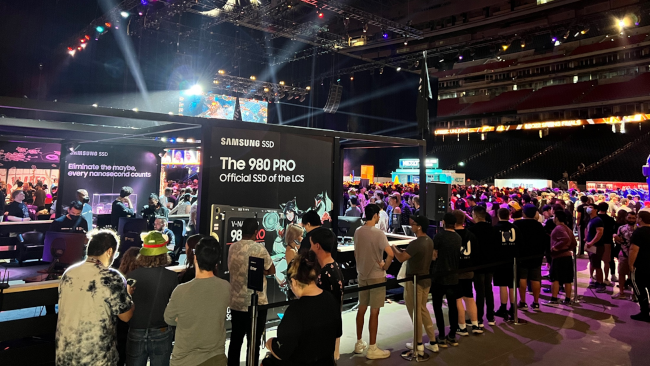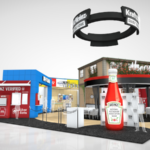Every week I receive my Google Alert report for the term “experiential marketing ROI” to see what the pundits have written about tracking the ROI of an experience. And every week I’m disappointed to see that seemingly no one really knows how to track the ROI of an experience.
Occasionally I read of certain brands using sentiment analysis or Net Promoter Score to help evaluate their experiences. That’s all well and good, and we do those things too.
But there’s nothing like calculating a true ROI: How much revenue did the experience create for your brand, and how does that relate to the cost of creating that experience?
For most, the notion of tracking ROI from their experiential marketing remains an elusive goal.
Encore Has Cracked The Code on Tracking ROI
But for years Encore has been tracking the ROI for the experiences we create. Just ask our clients.
By working with some really smart researchers, actual research professionals working with independent analytics firms, we’ve learned how to measure exactly what our clients want to measure.
The solution varies from client to client and involves too much proprietary knowledge to post publicly. But by collecting scientifically sound data using customer surveys (before, during and after a branded experience) our researchers use proven methodologies to compare datasets and calculate exactly what return our clients earn in the form of tangible return on their investments.
To ensure quality ROI data our researchers filter out the bad results (for example, from those who select response “A” for every single question, or those who complete the survey in 12 seconds when everyone else took 4.5 minutes to do so).
And they down-weight the responses, sometimes by as much as 80%, because our researchers know how often human beings overstate their intentions when completing surveys.
And we don’t just pull these KPIs out of thin air. Our researchers work with our clients prior to each activation to learn their specific goals, then create a custom ROI tracking methodology to suit their needs. Everyone agrees on exactly what data is being collected, where, when and how. No reverse engineering of the data on the back-end to ensure rosy results.

Using the ROI Data to Improve Performance Over Time
Knowing the ROI of your experience is valuable. But even that pales in comparison to using the data to improve the performance of your experiences over time.
By segmenting the data – looking at specific subsets of the entire data set – we are able to learn what circumstances yield the highest (and lowest) ROI.
We can segment the data in innumerable ways. Just a few examples:
- How did our experience perform with women vs. men, or with Gen Z vs. Gen X?
- How did our weekday events perform vs. the weekend events?
- Did we earn a higher ROI at high profile events with a sponsorship, or from “free” appearances at a local festival?
Answering those types of questions tells us exactly how to improve our performance over time. If the high-cost sponsorship yielded a higher ROI, then let’s do more high-cost sponsorships. If we generated a higher return among Gen Z consumers, then how can we tweak the experience to attract more Gen Z?
In one example we learned that a certain class of event produced an ROI almost 5x higher then our other events. That type of finding super-charges your performance and multiplies the return on your investment.


